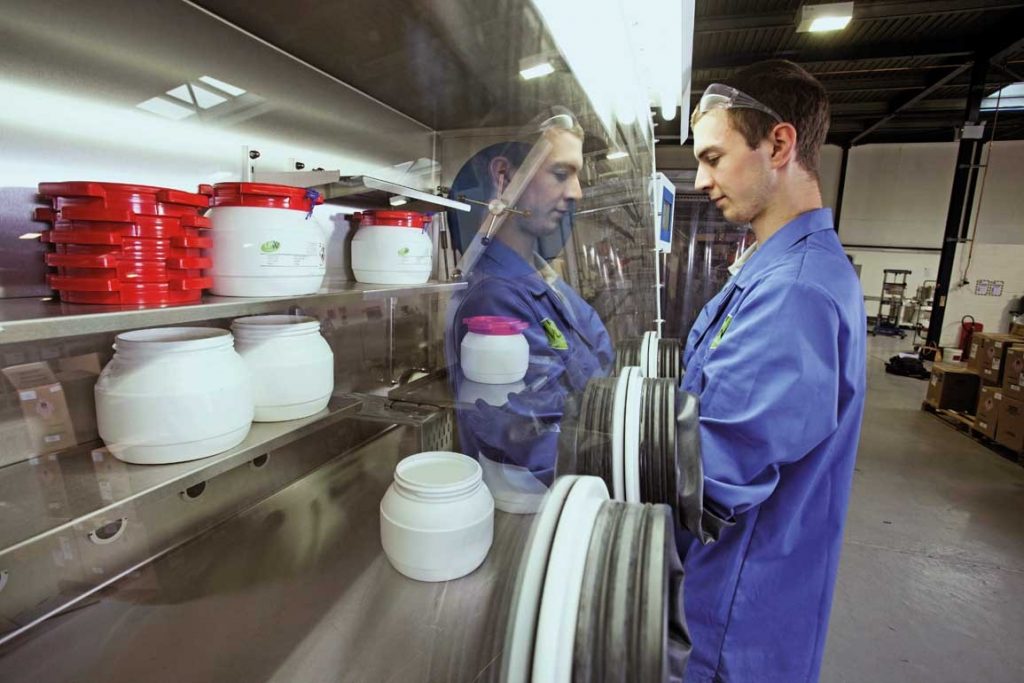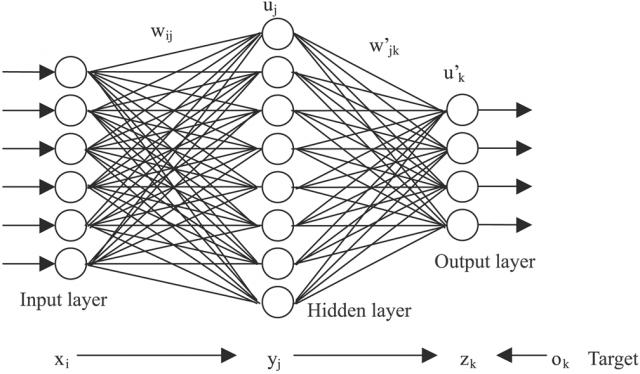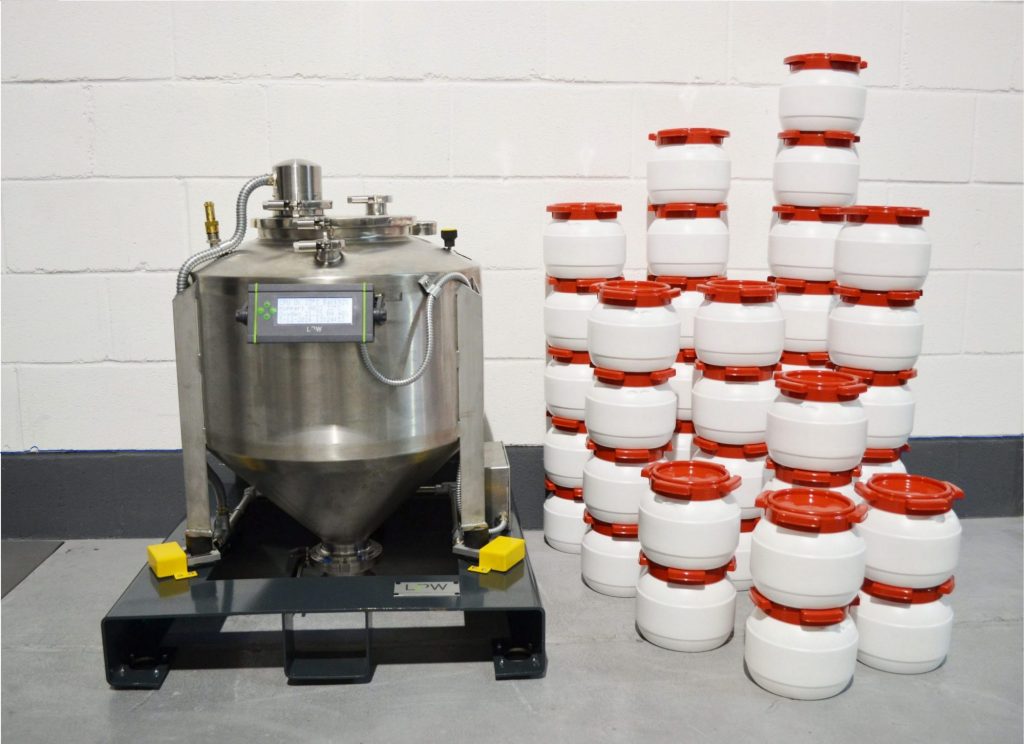Supported by the Royal Academy of Engineering, LPW Technology has launched a research chair in “Alloy and microstructure design for additive layer manufacturing” at Lancaster University in the UK.
Under the direction of Pedro Rivera, the professorship will mine the dynamic potential of powdered metal materials, creating high-performance alloys that resist sensitivities common to conventional powders.
High performance metal printing
Powdered metal feedstock is one of the many build-chamber variables responsible for the overall quality of a 3D printed metal part. Naturally the powder is affected by atmospheric oxygen levels and moisture, and so must be handled with care.

In response, the materials research at Lancaster will tune the molecular structure of metal powders to prevent deterioration, and enhance a metal powder’s thermodynamic and kinetic properties.
Endless metal combinations
Discovering pertinent blends for metal alloys will require the management of large amounts of data by the research team. This will be conducted computationally, using a system based on the genetic algorithm of natural selection and neural networking.
The program will also integrate LPW’s PowderSolve AM traceability software for material characterisation.

Benefitting variable structure in metal components
Dr Phil Carroll, Founder and MD of LPW, explains the benefits of such research, saying “In understanding how metal powder composition can affect the end material microstructure we can begin to design and create parts where the composition across the component varies.”
“The opportunity to design localised properties in a single part opens up tremendous possibilities.”
As examples, Dr Carroll references the structure of lightweight aerospace parts that contain meshwork structure inside a hard exterior. He also cites medical implants with intricate surface structure and low density interiors.
Call for applications
For the duration of the project, Lancaster University will have access to LPW’s cutting edge AM PowderLab, which is home to the company’s innovative PowderTrace Hoppers for materials processing.

The collaborative is now looking for a Senior Research Associate to join the project. Further information can be found here.
Receive our 3D printing stories direct to your inbox by signing up to our newsletter. You can also find us on Twitter and Facebook.
Register to advertise 3D printing jobs and availability on our site here.
Featured image: A mountain of metal powder. Photo via LPW Technology


